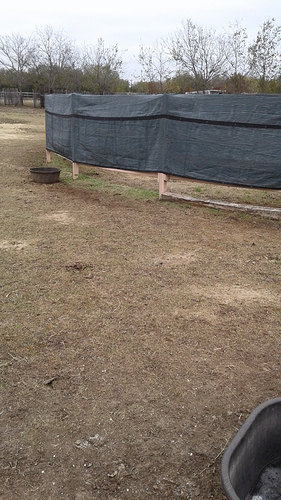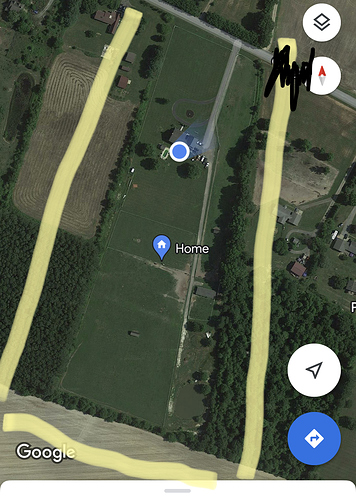From Google:
7 Windiest Places on Earth
#1: Mount Everest.
#2: Mount Washington.
#3: Gruissan.
#4: Pistol River.
#6: Antarctica.
#7: Tornado Alley.
Honorable mention: Texarkana’s farm.
I don’t think I have ever been somewhere so windy. It’s like living in a wind tunnel. It’s funny because while I’m new to this county, I’ve been in this general area much of my life and the wind has never been anything noteworthy. Yet for whatever reason, the wind in this immediate area is constant and strong. It also comes from nearly all directions and will often shift multiple times in a day, but the worst of it comes through the front of the property from the north and the back of the property from the south.
For those of you who live in windier than average locales, how do you deal with it?
Specifically, how do you construct your barns and shelters? Are there any materials that are preferable to others? Any maintenance tips? I have a wooden barn that was painted less than three years ago and the wind literally rips the paint off in chunks. What about orientation to prevent wind ripping through aisles or blowing straight into 3 sided sheds?
Any strategies for planting trees or hedges as windbreaks? What are the best placements?
I really never anticipated wind being this much of a factor in property planning.




 I hope they get more used to it.
I hope they get more used to it.